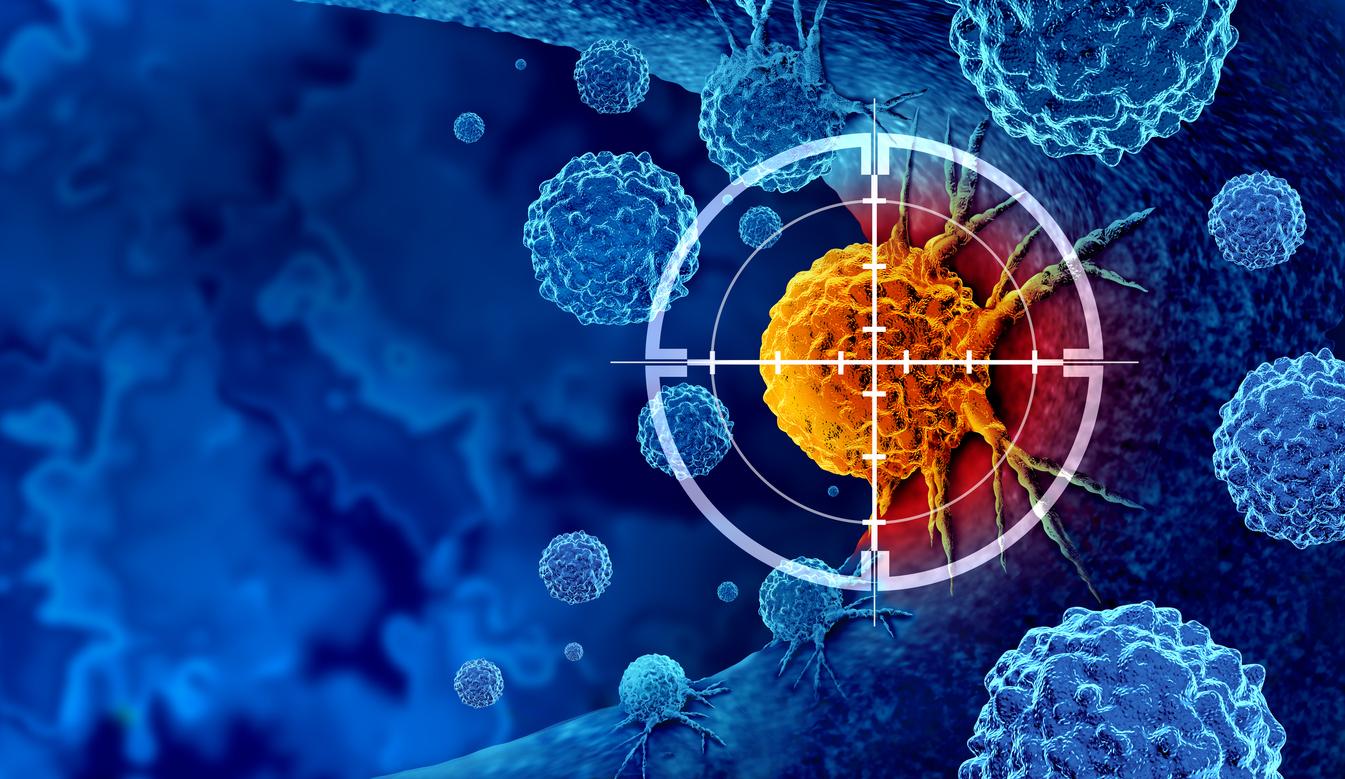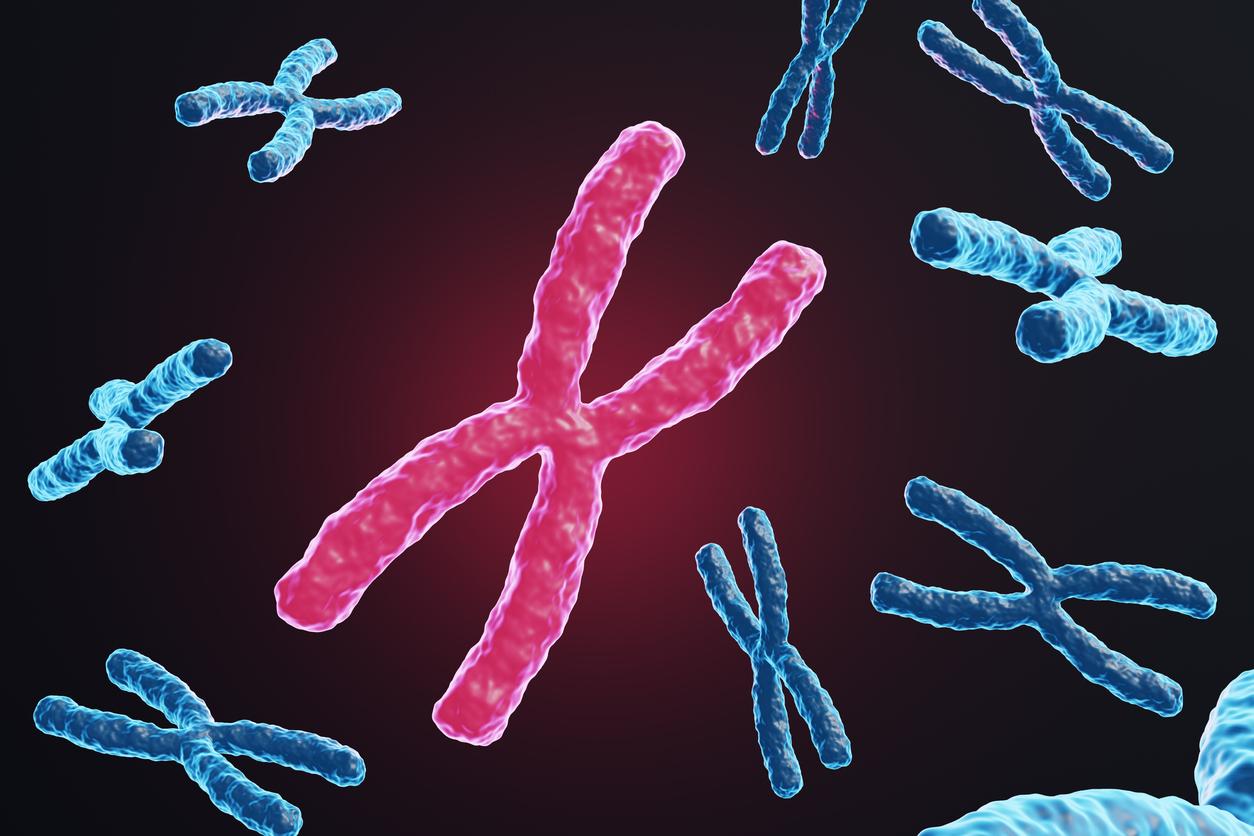While some have fun when they smoke cannabis, others suffer from paranoid episodes. This difference in reaction would be due to genetic variations in the brain.

While more and more countries authorize cannabis for therapeutic use and some such as Uruguay, the Netherlands, the United States (certain States only) or Canada again have even authorized it for recreational use, the brain mechanisms in action when we consume marijuana are still poorly understood. A study published on July 5 in the journal Scientific Reports however, managed to understand why some had fun when they smoked while others experienced episodes of extreme paranoia and stress. According to the researchers, genetic variations in a part of the brain called the nucleus accumbens, which plays a central role in the reward circuit, would be involved.
To reach this conclusion, researchers from the Schulich School of Medicine and Dentistry in Canada have administered THC, the psychoactive compound in marijuana, to rats and recorded their behavior and brain activity in the nucleus accumbens, a regional complex responsible for the reward circuitry. This region involves two neurotransmitters: dopamine (desire) and serotonin (satiety and inhibition).
Differences probably due to genetic variations
When THC is activated in the frontal part of this area, it encourages addictive behaviors in the same way as morphine-like opioids and the experience is great. On the other hand, when THC interacts with the posterior zone of the nucleus accumbens, the emotional symptoms are similar to those observed in schizophrenics, note the researchers. The latter have therefore identified a region in the brain of rats which seems to “independently control the addictive properties of cannabis against the negative psychiatric effects associated with it”.
“Until now, we did not know which brain areas were responsible for this difference in effects caused by marijuana”, welcomes Professor Steven Laviolette who led the study. “These findings are important because they explain why some have a very positive experience of marijuana while others have a very negative one,” adds Christopher Norris, co-author of the paper. “Our data indicate that this is because reward and aversion are produced by anatomically distinct areas. The different effects in individuals are likely due to genetic variations resulting in different sensitivity of each area.”
This research comes at a time when France is in the midst of a debate on the legalization of cannabis for therapeutic use.
The possibility of a therapeutic hemp sector in Creuse
A few months ago, the National Medicines Safety Agency (ANSM) declared itself in favor of the use of cannabis for therapeutic purposes on the sole condition that it be reserved for “patients in certain clinical situations and in the event of insufficient relief or poor tolerance of therapies, medicinal or not, accessible (and in particular specialties based on cannabis or available cannabinoids)”.
In April, during a trip to Creuse, Prime Minister Edouard Philippe brought the subject back on the table. “There are many countries working on this, many countries that allow it. It would be absurd not to ask the question and it is in this spirit that we want to work with the project leaders”, a- he declared in reference to the possibility of creating a “therapeutic hemp sector” carried by Éric Corréia, nurse anesthetist trained in the management of pain. “It is not at all a question of endangering public health (…) We want to do things in a very supervised way”, he continued.
Then, in May, a group of patients named (im)patient hopes formed to claim this famous legalization so that you no longer have to buy from abroad or on the black market. The collective also asks that “the possibility of prescribing such treatments not only be the responsibility of specialized doctors in order to allow full accessibility for patients”. Twenty-five associations have already planned to join the collective.
.

















